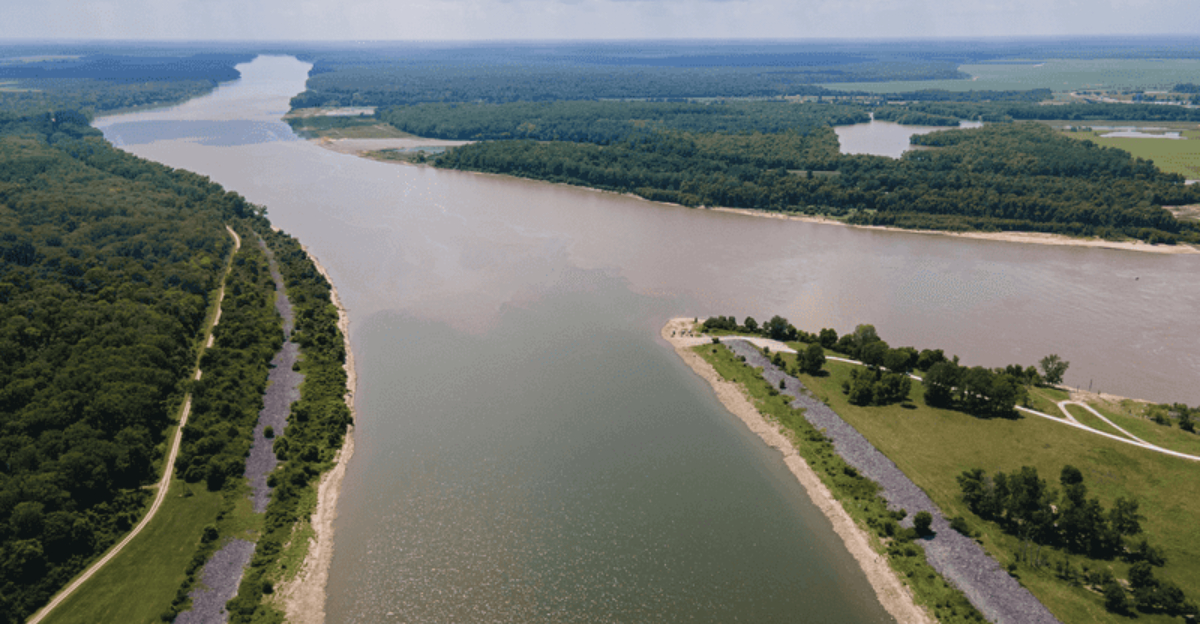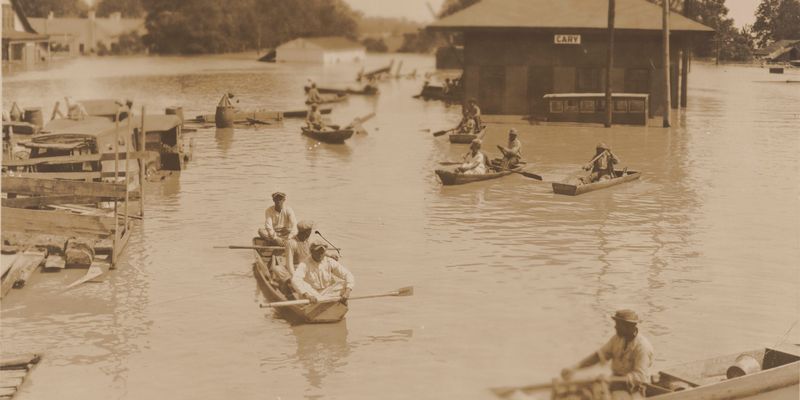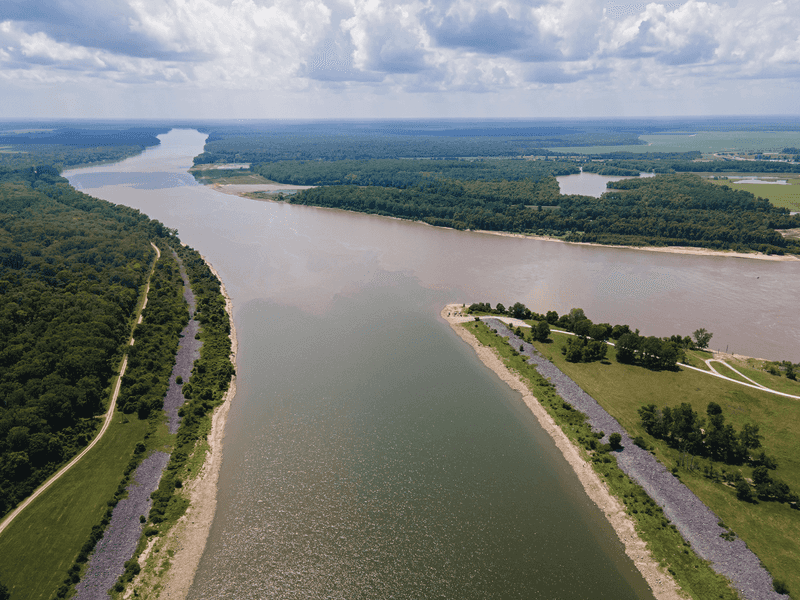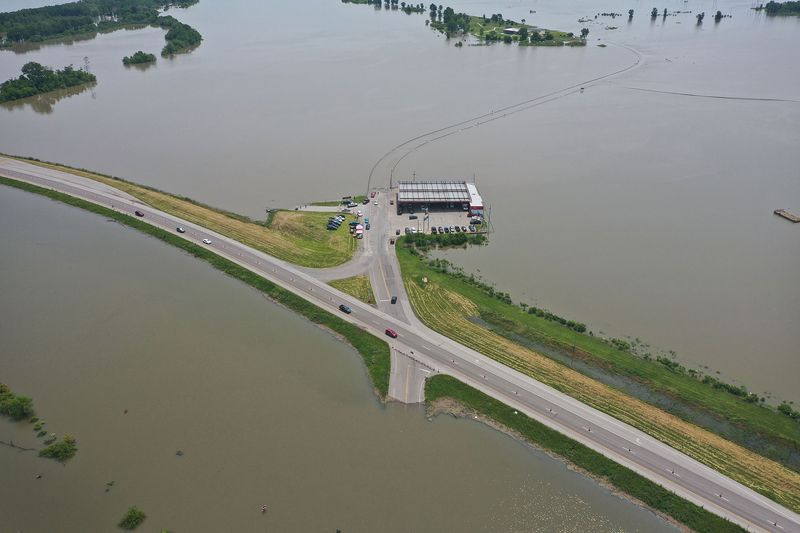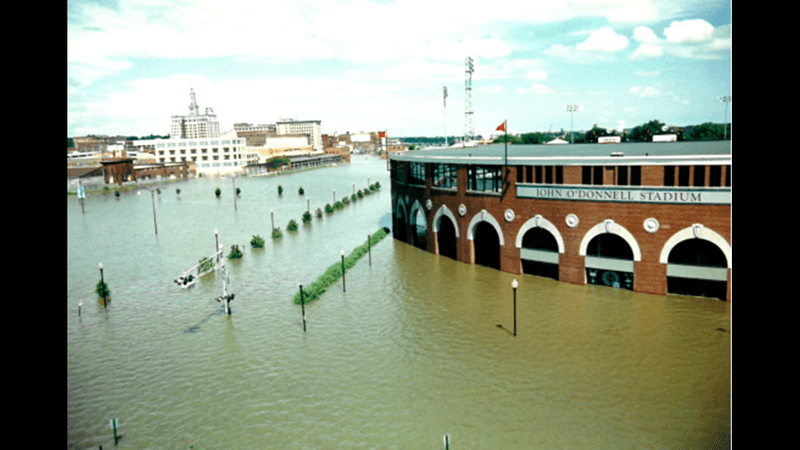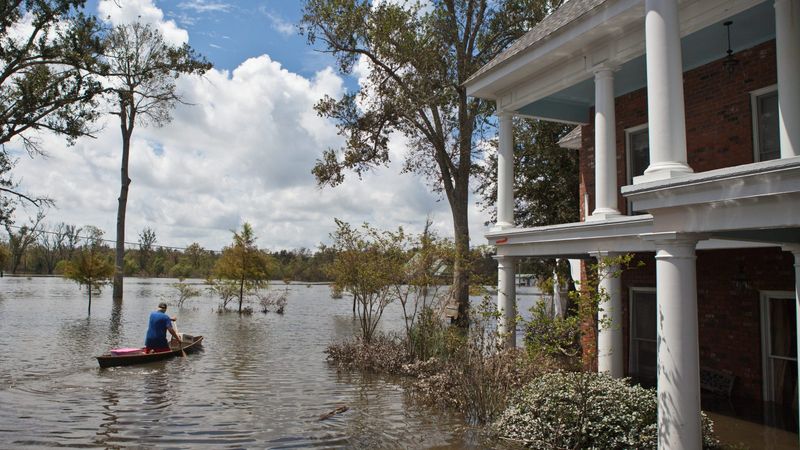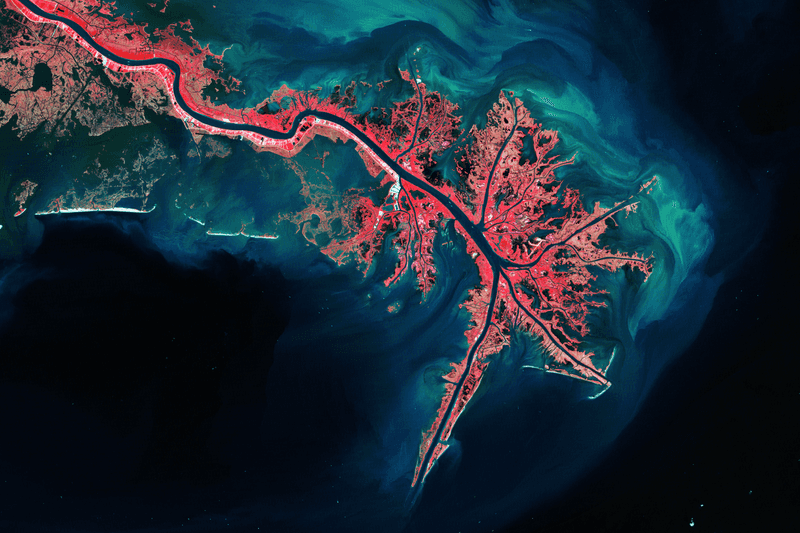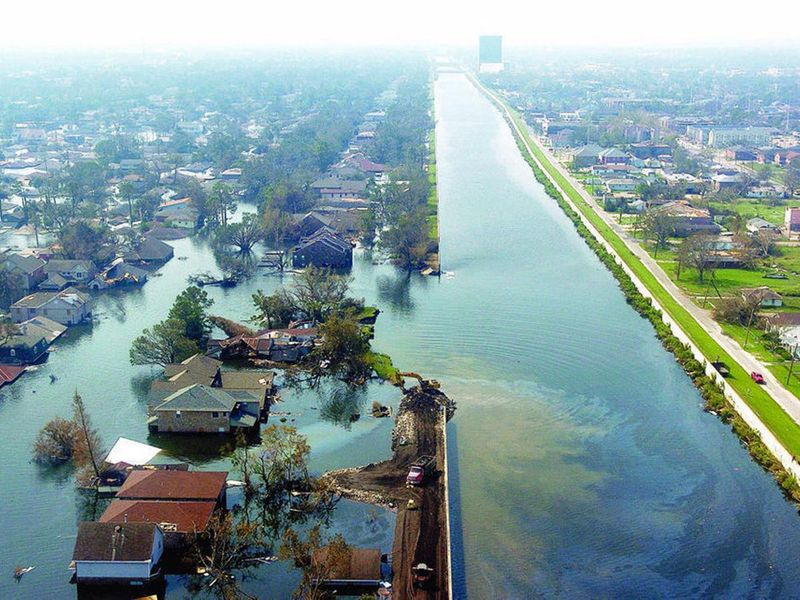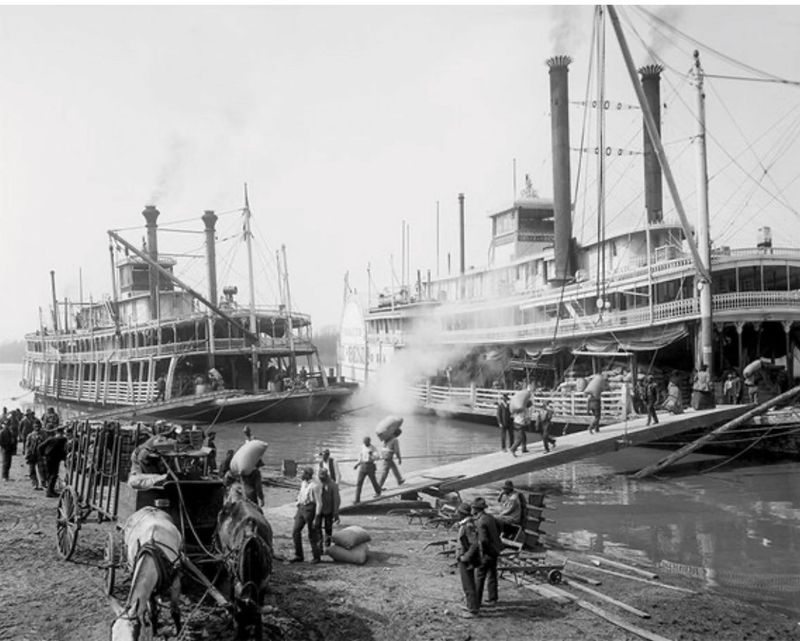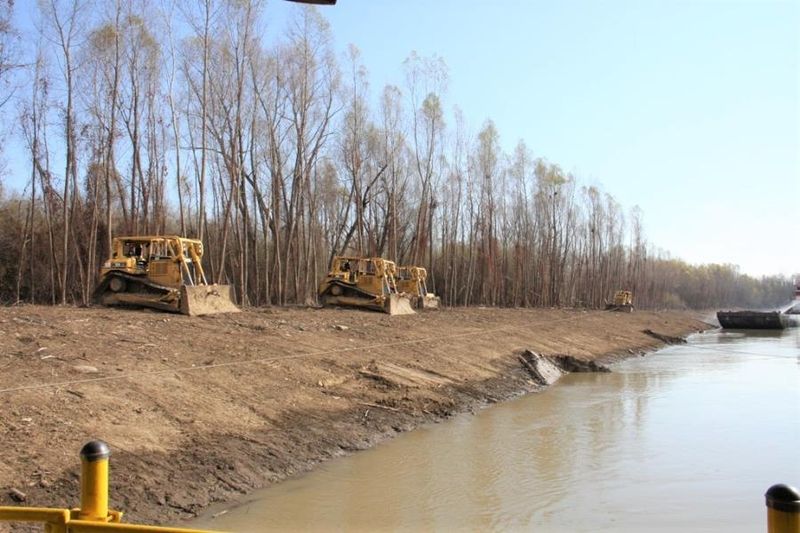The Mississippi River, a majestic yet formidable natural wonder, has long been a focal point of human intervention. Despite numerous attempts to harness its mighty flow, history reveals a consistent pattern of nature’s triumph over engineering.
From catastrophic floods to ongoing geological challenges, these ten facts highlight the enduring struggle and the lessons learned from trying to control this iconic river.
This collection of historical insights provides a glimpse into the complexities and unintended consequences of managing one of the world’s most powerful waterways.
1. The Great Mississippi Flood of 1927
In 1927, the Mississippi River unleashed its fury, drowning communities under a relentless torrent. Levees, thought to be indomitable, crumbled like sandcastles, leaving over 600,000 people homeless. The flood’s magnitude exposed the perilous illusion of absolute control over nature. Federal policies changed overnight, acknowledging the river’s unpredictable spirit. Entire towns, once bustling, were left ghostly and silent in the aftermath. Imagine the fear as waters rose, relentless and uncaring. This event remains a poignant reminder of nature’s superior force and the destiny that awaits those who dare challenge it.
2. The New Madrid Earthquakes (1811–1812)
The earth groaned and quivered in the winter of 1811-1812, as the New Madrid Earthquakes reshaped the landscape. The Mississippi River, in a bizarre twist of fate, ran backward temporarily. Imagine the bewilderment of those who witnessed such an unprecedented spectacle. This natural upheaval served as a stark reminder of the geological forces still at play beneath our feet. For a time, the world seemed turned upside down—a fitting metaphor for the chaos that nature can unleash without warning or mercy.
3. The Atchafalaya Crisis (Still Ongoing)
The Mississippi River is a restless giant, yearning to forge a new path through the Atchafalaya Basin. The Old River Control Structure stands as a vigilant guardian, holding back this defiant force. Yet, experts whisper of its potential failure—a chilling prospect for towns and industries downstream. The river’s desire to change course is a testament to nature’s enduring will, resistant to human intervention. This ongoing narrative underscores the fragile balance between civilization and the untamed spirit of one of Earth’s most powerful waterways.
4. The 1973 Near-Failure of the Old River Control Structure
In 1973, a deluge of floodwaters tested the strength of the Old River Control Structure to its limits. The Mississippi threatened to break free, igniting fears of economic chaos for Baton Rouge and New Orleans. Engineers and workers scrambled against time, their efforts a desperate dance with disaster. The close call revealed the river’s unyielding desire to carve its own destiny, highlighting the precariousness of man’s attempts to harness such a formidable natural force.
5. The 1993 Midwest Floods
The summer of 1993 brought a deluge that swallowed the Midwest, defying decades of flood prevention measures. Levees burst under the strain, unable to contain the river’s rampant surge. With over $15 billion in damages, the event underscored the hubris of believing in complete control over nature. Communities were left to pick up the pieces, their faith in human engineering shaken. This flood serves as a somber reminder of the limits of technology when confronted with the raw power of the natural world.
6. Channelizing the River (20th Century Projects)
Efforts to channelize the Mississippi River turned it into a swift, untamed force, eroding banks and destabilizing ecosystems. The mid-20th century projects aimed to tame the river for navigation and industry. Yet, the unintended consequences were swift and severe. Increased water flow led to worsened flooding, threatening communities and wildlife. This attempt at dominion only served to highlight the power and unpredictability of the river, as it continued to carve its own relentless path towards the sea.
7. The Disappearance of the Mississippi Delta
The Mississippi Delta, once a vibrant ecosystem, faces a quiet demise as engineering efforts starve it of sediment. Levees, while protecting cities, prevent the river from nourishing the delta. As land vanishes into the sea, we witness a stark warning of the unforeseen costs of human intervention. This environmental tragedy leaves coastal regions more vulnerable to storms and erosion. The delta’s disappearance is a silent testament to the delicate balance required in managing natural resources.
8. Hurricane Katrina (2005)
Hurricane Katrina laid bare the vulnerabilities of New Orleans and the folly of ignoring environmental warnings. The levee system, a supposed bulwark against flooding, failed catastrophically. The storm’s ferocity was compounded by decades of wetland loss and poor flood management. Residents faced chaos and despair as waters rose to engulf their homes. Katrina remains a potent symbol of what can happen when nature’s power is underestimated and ecological systems are disrupted.
9. The Collapse of the Steamboat Economy
The 19th-century steamboat era thrived on the Mississippi, yet faced challenges from the river’s unpredictable nature. Shifting channels and hidden snags claimed many vessels, leaving dreams and cargo sunk beneath the muddy waters. This era serves as a reminder of the river’s ever-changing character, defying even the most industrious of human endeavors. The collapse of this economy underscores the lesson that nature often holds the upper hand, no matter the technological advances.
10. The Ongoing Fight Against Riverbank Erosion
Riverbank erosion along the Mississippi is a persistent challenge, as entire communities watch their foundations crumble. Despite concrete reinforcements, the relentless force of the river continues its quiet assault. Homeowners live in constant fear, aware that nature’s course cannot be easily altered. This ongoing struggle is a testament to the enduring power of the Mississippi, reminding us that some battles against nature may never be fully won.
